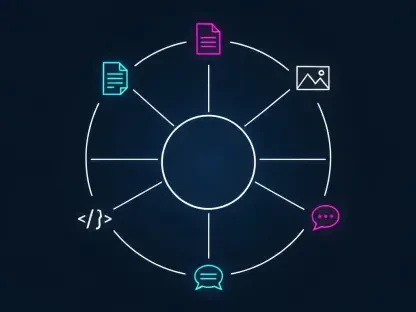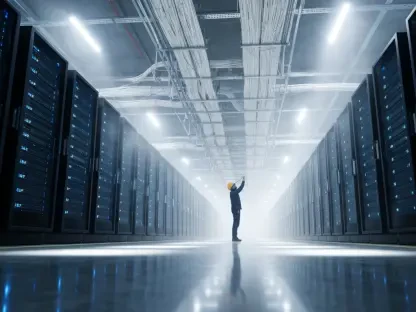Amid significant technological advancements, Apple has etched a new chapter in the computing industry by introducing its custom-designed silicon chips, moving away from dependence on Intel processors. This landmark shift, greatly anticipated since its announcement, symbolizes a pivotal evolution not only for Apple users but also for the broader computing landscape.
Overview of the Computing Industry
The computing industry spans an expansive technological landscape, playing a vital role in shaping modern infrastructure. Within this rapidly evolving sector, several key segments include hardware, software, and services, each influenced by technological advancements such as AI and cloud computing. Major players like Microsoft, Intel, and Apple drive innovation and establish benchmarks. Meanwhile, regulations regarding data privacy, intellectual property, and safety standards are crucial in ensuring responsible growth.
Market Trends and Emerging Technologies
Current Trends Influencing the Industry
In recent years, the computing sector has witnessed transformative trends such as the rise of cloud computing, artificial intelligence, and edge computing. Consumer behavior shifts towards these technologies, seeking improved efficiency and personalization. The demand for seamless integration across devices creates opportunities for companies willing to explore these advancements.
Data and Growth Projections
Data reflects a promising trajectory of growth fueled by technological innovations. Market performance indicators suggest continued expansion, with significant growth anticipated as businesses and users integrate these advancements. Forecasts indicate that the industry’s landscape may further evolve, with potential changes driven by emerging technologies and shifting consumer demands.
Challenges and Complexities
The computing industry faces numerous challenges, including technological barriers related to the adoption of new architectures and market-driven complexities, such as competitive pressures and rapidly changing consumer expectations. Solutions may involve robust research and development, strategic partnerships, and adaptive strategies to address these hurdles effectively.
Regulatory Landscape
Regulations play a crucial role in shaping industry practices, with laws governing data protection, intellectual property rights, and cybersecurity. Compliance with these regulations ensures safety and security, impacting how companies operate. Standards continue evolving to address emerging challenges and the changing regulatory environment.
Future Directions and Innovations
The future of the computing industry could see increased integration of AI, machine learning, and quantum computing—potential disruptors that may redefine user interactions and technological capabilities. Consumer preferences are likely to drive developments towards more efficient and personalized computing solutions, incentivizing continued exploration and innovation.
Conclusion and Industry Outlook
In summary, the introduction of Apple silicon marks a turning point for the computing industry, showcasing Apple’s strategic foresight and dedication. As the industry continues advancing, new technologies and ideas open doors to vast opportunities. Companies aiming for growth and innovation should capitalize on these emerging trends, setting the stage for exciting developments and potential market shifts.









